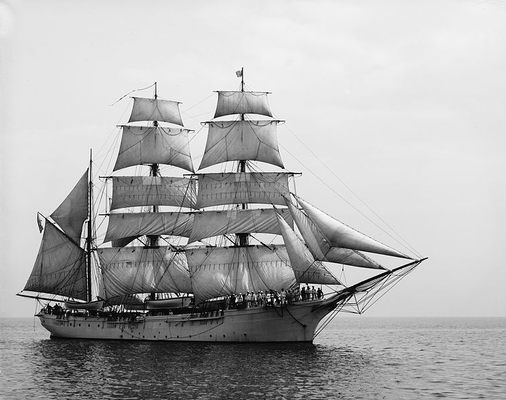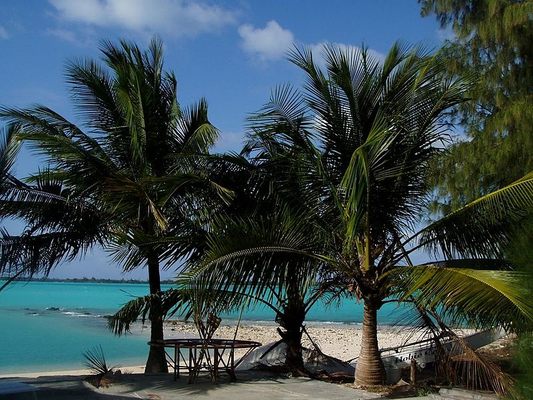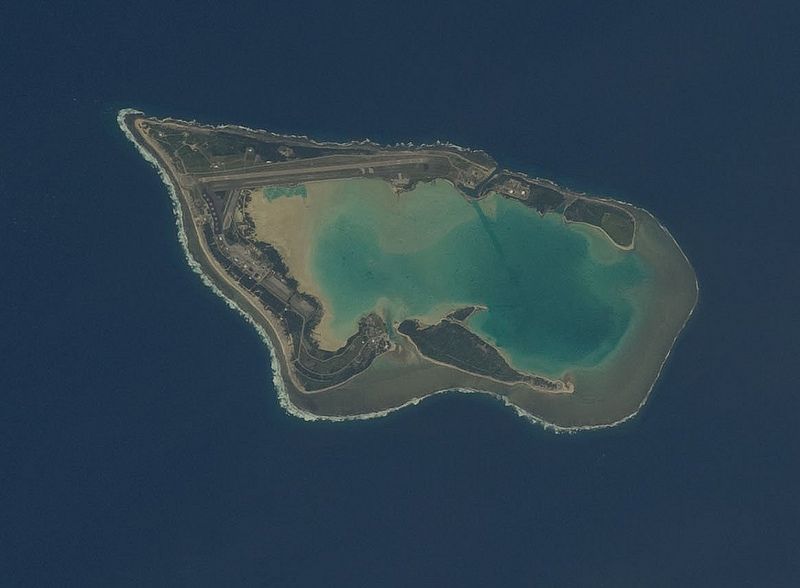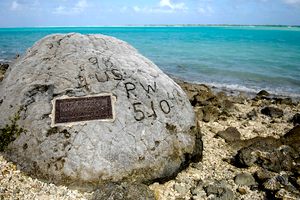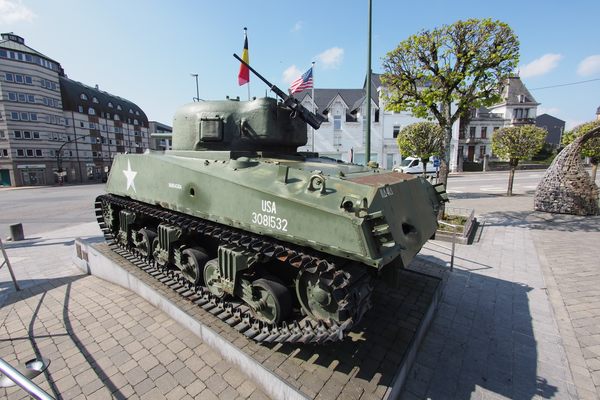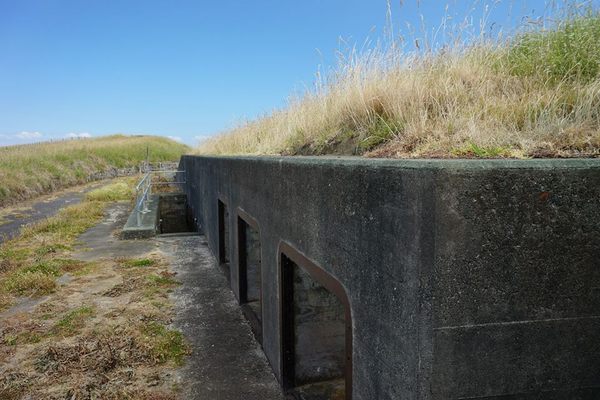About
This tiny atoll played a significant role in some very big tragedies.
Wake Island is actually three small coral atolls, Wake, Wilkes and Peale. Less than 3 square miles, for simplicity the three atolls are often simply referred to as Wake Island, which is the largest atoll of the three. Located in the Pacific Ocean in the Micronesia area, this unincorporated U.S. territory is inhabited by roughly 150 civilian contractors hired by DOD. The US Air Force and the US Army operate a missile test facility onsite and come on the island when tests are scheduled. The island is not easily visited, and civilians only have very restricted access.
Wake Island is mostly known for its significant role in WWII. The site of several brutal clashes, the island was taken from the US by the Japanese mere hours after the attack on Pearl Harbor. The occupation ended, but not before the execution of 98 US civilian POWs, one of whom temporarily escaped the massacre to chisel the words ""98 US PW 5-10-43" into a coral rock before his beheading. The 98 Rock memorial was erected in remembrance of the victims near their mass grave on Wilkes. Remains of Japanese fortifications during the occupation are still visible around all three of the islands.
Before the tragic war saga played out, Wake Island was the scene of another tragedy, the terrible demise of the German barque, Libelle. In 1866, the ship hit a a storm while en route from San Francisco to Hong Kong, colliding with the eastern reef of Wake and stranding Captain Tobias and his passengers on the wee coral atoll. Among the 30 shipwrecked were members of an English opera troupe on their first world tour, along with their star, opera singer Anna Bishop. Anna's husband and New York diamond merchant Martin Schultz was also onboard.
After 21 days, the performers along with the rest of the survivors decided to sail a longboat and the gig out in hopes of reaching Guam. The boat containing Anna Bishop and Martin Schultz made it to the Spanish island, the other did not. The captain and much of the crew of the ill-fated Libelle perished when the gig capsized on the 14-day journey. It was said that Captain Tobias buried a small fortune on Wake Island before attempting to reach Guam—coins, stones and flasks of mercury in the value neighborhood of $150,000. The rumor was solid enough to motivate salvage attempts by five different ships, but the treasure was never recovered.
While the island is off limits without the rarely granted "Prior Permission Request", Military History Tours will occasionally give day trips to the island.
Related Tags
Community Contributors
Added By
Published
June 17, 2013

